Choosing Your Ideal Two-Way Radio: A Comprehensive Guide to Selecting the Right Service
Choosing the right two-way radio can be confusing. You can’t just buy a pair of radios and start talking on them. Most two-way radio services require licensing of some sort, and radios designed to be used in those radio services must be certified by the FCC. The most popular two-way radio services are:
Private Land Mobile Radio Service (PLMRS)
General Mobile Radio Service (GMRS)
Multi-Use Radio Service (MURS)
Family Radio Service (FRS)
Amateur Radio Service (ARS)
Private Land Mobile Radio Services(PLMRS)
The Private Land Mobile Radio Servicesis used by public safety agencies, utilities, railroads, manufacturers, and other businesses to meet many different communication needs. Frequencies include:
- 30 −50 MHz (Low Band or Low VHF Band)
- 150 −172 MHz (High Band or High VHF Band)
- 450 − 470 MHz ( UHF). Some urban areas have additional UHF frequencies from 470 − 490 MHz, and 490 − 512 MHz.
Low band radios have more range than VHF or UHF radios, but require larger antennas. VHF radios work well in outdoor environments, while UHF radios often perform better in urban environments, inside buildings, and when both indoor and outdoor users must communicate with one another.
Commercial, public safety, and government users must obtain an FCC license to use PLMRS radios. When you obtain a license, you’re assigned specific frequencies, and the radios you use must be used only on those frequencies. The radios require an FCC Part 90 certification, and are not programmable by end users.
We recommend the BTECH UV-82C for PLMRS use. This radio is Part 90 certified and can be used on both VHF High Band and UHF frequencies. Its features make it an excellent choice for PLMRS use.
General Mobile Radio Service (GMRS)
The General Mobile Radio Service is a service available to individual users (no licenses will be granted to businesses, organizations or other entities). The GMRS uses channels around 462 MHz and 467 MHz. The most common use of GMRS channels is for short-distance, two-way voice communications using hand-held radios, mobile radios and repeater systems. In 2017, the FCC expanded the GMRS to also allow short data messaging applications including text messaging and GPS location information.
To use GMRS radios, you need to apply for a license (no test required) that costs $35 for 10 years. This license covers the licensee (must be an adult) and his or her immediate and extended family members. The licensee’s GMRS system may consist of one or more transmitting units (stations).
GMRS radios must be certified to FCC Part 95A or 95E specifications. They are generally preprogrammed to the GMRS channels and may include some Family Radio Service (FRS) channels. We suggest the BTECH GMRS-V2 for use on GMRS frequencies. It comes with GMRS two-way and GMRS repeater channels pre-programmed, and its many features make it very easy to use.
Multi-Use Radio Service (MURS)
In the United States, the Multi-Use Radio Service is an unlicensed, two-way radio service. Established by the FCC in 2000, MURS radios have a power limit of 2 W, may not be connected to the public telephone network, or used with repeaters. This makes them suitable for only very short-range applications.
MURS radios require Part 95J certification and are generally locked to MURS channels only. We recommend the BTECH MURS-V2. It is very easy to use—even for young family members. The radios display the actual frequencies and CTCSS tones (aka PL tones or privacy codes) the radio is transmitting, unlike children’s FRS walkie talkies.
Family Radio Service (FRS)
In the United States, the Family Radio Service is an unlicensed, two-way radio service. Established by the FCC in 1996, FRS radios have a power limit of 2 W, may not be connected to the public telephone network, or used with repeaters.
FRS radios share the same base 22 frequencies with GMRS, but as an advantage they can used for either commercial or recreational purposes; in comparison to GMRS radios which require a GMRS license and can only be used for recreational use. FRS radios are limited to narrowband modulation, while GMRS radios can used narrowband or wideband modulation.
FRS radios require Part 95B certification and are generally locked to FRS channels only. We recommend the BTECH FRS-A1. It is very easy to use—even for young family members. The radios display the actual frequencies and CTCSS tones (aka PL tones or privacy codes) the radio is transmitting, unlike typical children’s FRS walkie talkies.
Amateur Radio Service (ARS)
Amateur radio operators can use many different frequencies, including HF, VHF, and UHF frequencies. In the VHF and UHF range, the amateur radio bands include:
- 6 m: 50 – 54 MHz
- 2 m: 144 – 148 MHz
- 1.25 m: 222 – 225 MHz
- 70 cm: 420 – 450 MHz
- 33 cm: 902 – 928 MHz
To use amateur radio equipment, you need to pass a license test (the license is free but there can be a fee for administering the exam). More information about how to become a licensed radio amateur, can be found on the American Radio Relay League website. Radios used in the ARS must at minimum be Part 15B certified. We recommend the BTECH UV-5X3 for amateur radio use. It is a tri-band radio that can be operated on the 2 m, 1.25 m, and 70 cm amateur radio bands.
As you can see, each of these services has advantages and disadvantages. Whichever service is right for you, however, BTECH can supply the cost-effective radio you need.
| Service | License? | Advantages | Disadvantages | BTECH Radio |
| Private Land Mobile Radio Service (PLMRS) | Yes | Multiple frequency ranges. Requires frequency coordination. | Radios not programmable by end-user.
Requires frequency coordination. |
UV‑82C |
| General Mobile Radio Service (GMRS) | Yes. $35/10years. | Can be used with repeater for extended range.
License covers immediate family members.
|
Radios not programmable by end-user.
Licensee must be an adult. Cannot be used for business purposes. |
GMRS‑V2 |
| Multi-Use Radio Service (MURS) | No.
Licensed by rule. |
Inexpensive radios
No additional licensing to use Can be used for recreational or business purposes VHF based radio provides better coverage in open unobstructed uses, like warehouses and fields |
Radios not programmable by end-user | MURS‑V2 |
| Family Radio Service (FRS) | No.
Licensed by rule. |
Inexpensive radios
No additional licensing to use Can be used for personal or business purposes UHF based radio provides better coverage in obstructed uses like buildings with multiple walls or in the woods. Compatible with GMRS radios without requiring a license |
Radios not programmable by end-user | FRS‑A1 |
| Amateur Radio Service (ARS) | Yes. Applicants must take a test. | Most versatile in terms of frequency availability and selection.
No age limit. |
Cannot be used for business purposes. | UV‑5X3 |


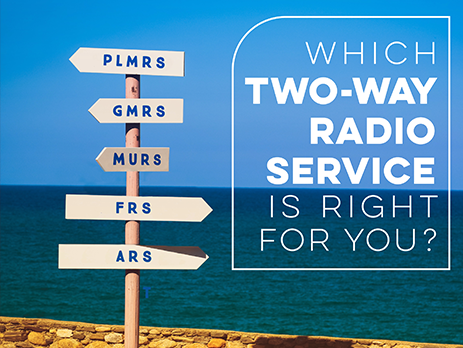
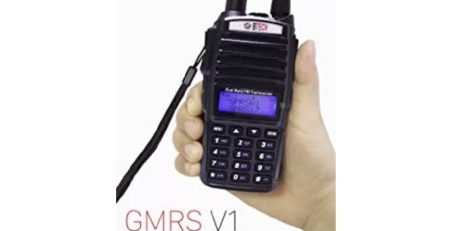

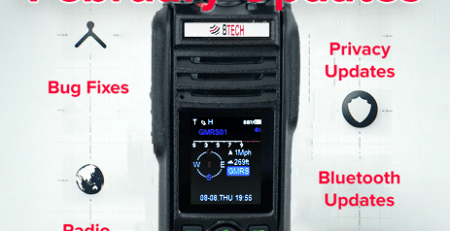
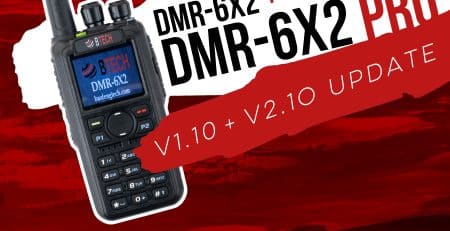
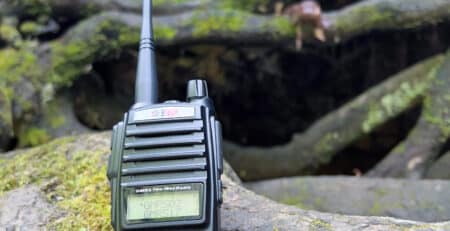

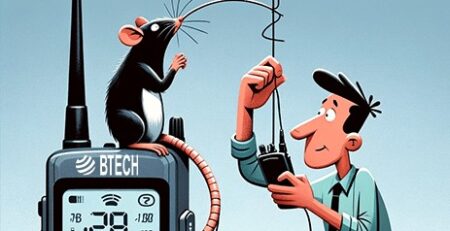


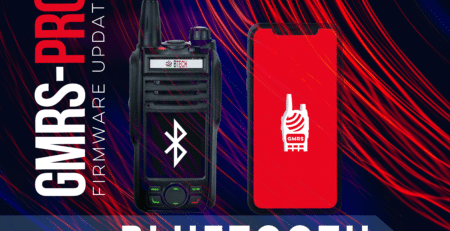
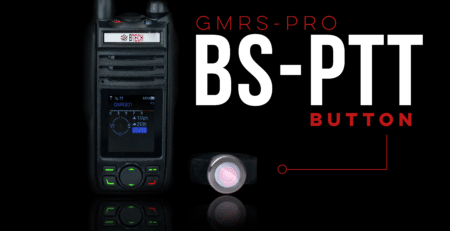







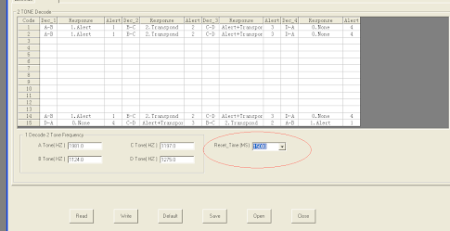
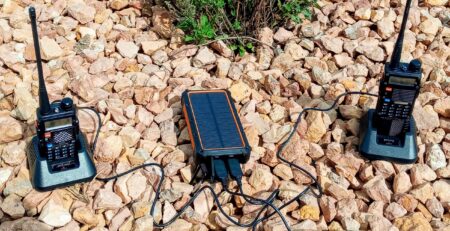
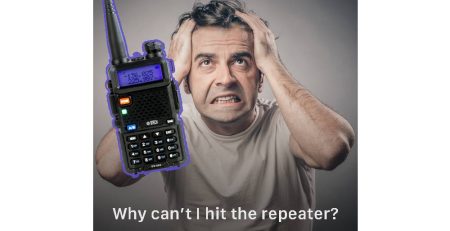

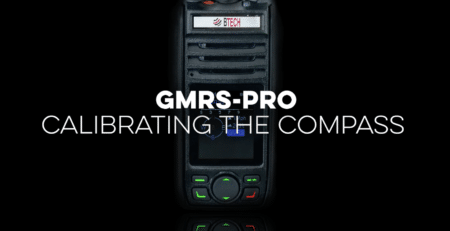
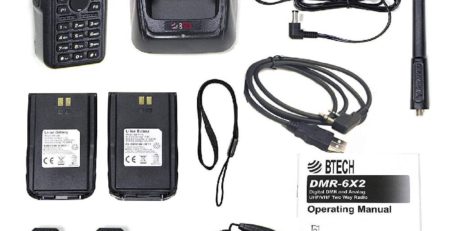


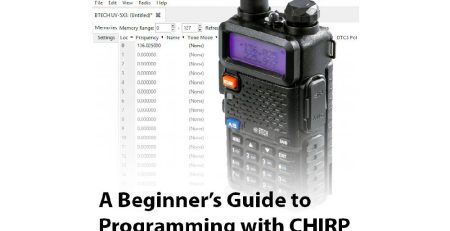
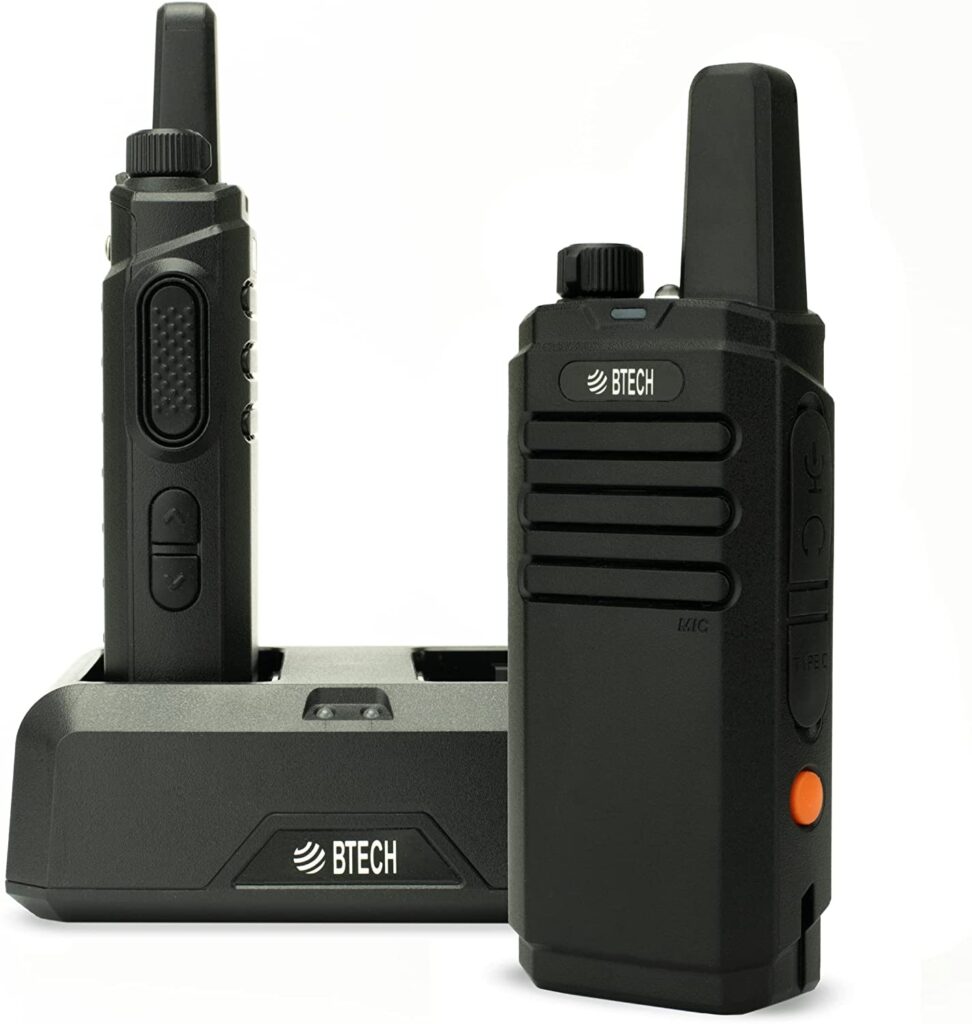
Comment (1)
What is the operational Freq range for CB ?